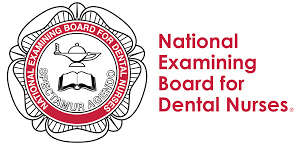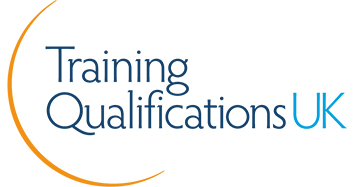Dental Health and Safety
- SALE Savings End Midnight Tuesday 12th December
- SALE Savings End Midnight Tuesday 12th December
Dental Health and Safety
This Course at a Glance
- Gain essential knowledge of how to implement a safe work environment
- Meet registration requirements of the General Dental Council
- Zoom and Tutor Led Training
- Record 3 verifiable CPD hours
- No exams or classrooms
- Study at your own pace
About Your CPD Course
Getting Started
Next Course Date:
Modules
- Knowledge of the current health and safety guidelines, procedures, and protocols
- How to master audit tools to confirm that legal requirements are met in the practice
- An understanding of Reporting of Injuries, Diseases and Dangerous Occurrences Regulations (RIDDOR), Control of Substances Hazardous to Health (COSHH), the Provision and Use of Work Equipment Regulations (PUWER), waste disposal, and other regulations
- An understanding of manual handling and ergonomics
Entry Requirements
Qualified dental nurse who is on the General Dental Council Register to enrol on our Continuing Professional Development (CPD) course
Minimum Age restriction
Min age: 16
Exams required
N/A - verifiable CPD hours
Is Membership Required?
Learner Required To Purchase Membership
Additional requirements
This is a three hours CPD course which is presented on Zoom
Certification Timeframe
Within 7 days of attending the course
Course Fees
All course fees, inclusive of all payment plans including our Premium Credit Limited option, must be settled before certification can be ordered.
*You will have access to the course for 24 months.

Please note, there are no assessments in this course. Upon successful completion of the course modules, you will be able to perform the new learned duties in practice, but only under the prescription of a Dentist.
On successful completion of this course, you will receive a learndirect Certificate of Completion for this Continuing Professional Development (CPD) course.
Your course certificate will also state the number of CPD points/hours the course is eligible for.
Please can further details about the qualifications be sent through
Frequently Asked Questions
- SALE Savings End Midnight Tuesday 12th December
- SALE Savings End Midnight Tuesday 12th December
Dental Health and Safety
This Course at a Glance
- Gain essential knowledge of how to implement a safe work environment
- Meet registration requirements of the General Dental Council
- Zoom and Tutor Led Training
- Record 3 verifiable CPD hours
- No exams or classrooms
- Study at your own pace
About Your CPD Course
Getting Started
Next Course Date:
Modules
- Knowledge of the current health and safety guidelines, procedures, and protocols
- How to master audit tools to confirm that legal requirements are met in the practice
- An understanding of Reporting of Injuries, Diseases and Dangerous Occurrences Regulations (RIDDOR), Control of Substances Hazardous to Health (COSHH), the Provision and Use of Work Equipment Regulations (PUWER), waste disposal, and other regulations
- An understanding of manual handling and ergonomics
Entry Requirements
Qualified dental nurse who is on the General Dental Council Register to enrol on our Continuing Professional Development (CPD) course
Minimum Age restriction
Min age: 16
Exams required
N/A - verifiable CPD hours
Is Membership Required?
Learner Required To Purchase Membership
Additional requirements
This is a three hours CPD course which is presented on Zoom
Certification Timeframe
Within 7 days of attending the course
Course Fees
All course fees, inclusive of all payment plans including our Premium Credit Limited option, must be settled before certification can be ordered.
*You will have access to the course for 24 months.

Assessment
Please note, there are no assessments in this course. Upon successful completion of the course modules, you will be able to perform the new learned duties in practice, but only under the prescription of a Dentist.
Qualifications
On successful completion of this course, you will receive a learndirect Certificate of Completion for this Continuing Professional Development (CPD) course.
Your course certificate will also state the number of CPD points/hours the course is eligible for.
Please can further details about the qualifications be sent through
Frequently Asked Questions
learning
learning hours
























